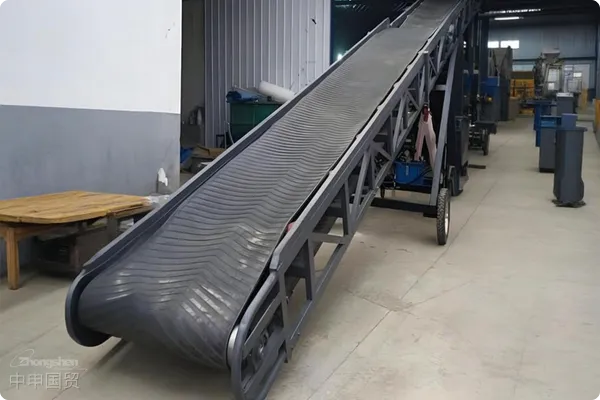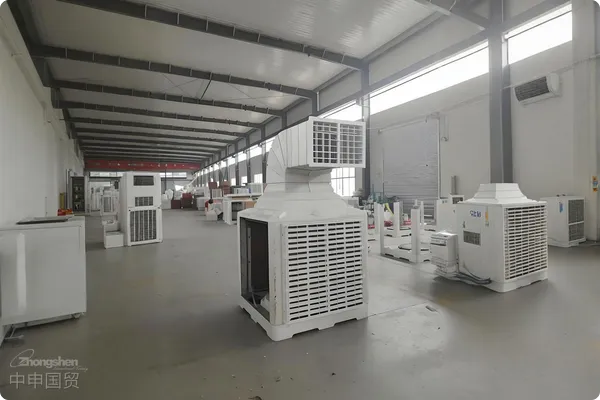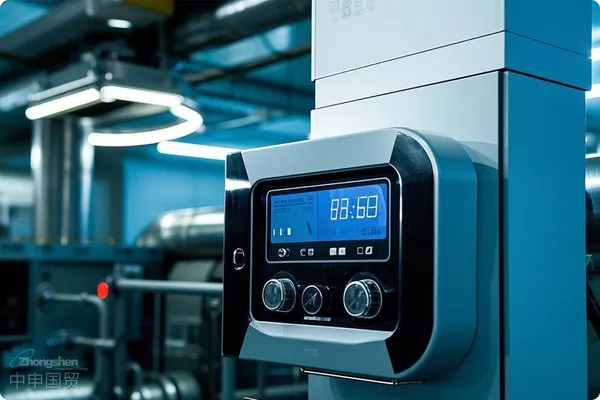- Shanghai Zhongshen International Trade Co., Ltd. - Two decades of trade agency expertise.
- Service Hotline: 139 1787 2118

With deepening China-Russia economic cooperation, machinery and equipment have become a core export category to Russia. However, due to geopolitical factors, foreign exchange controls, and buyer credit disparities, export enterprises face significant accounts receivable risks. This article analyzes the necessity and key decision points of export credit insurance from a practical perspective.
I. Four Major Risk Sources in the Russian Market
Internationally - recognized Safety StandardsPolitical Sanctions Transmission Risk
Financial sanctions imposed by Europe and the US on Russia have led to some Russian companies being added to the SDN list, potentially triggering chain reactions such as bank account freezes and cross-border payment disruptions. 2023 data shows that payment delinquency rates among Russian enterprises increased by 37% year-on-year.
Regional Mandatory CertificationsSharp fluctuations in local currency exchange rates
The annual fluctuation range of the ruble against the US dollar exceeds 40%, and buyers may unilaterally demand price reductions or deferred payments due to exchange rate losses. In a case involving heavy machinery exports, the buyer requested modifications to payment terms due to ruble depreciation, resulting in a 17% loss of expected profits for the exporter.
Cultural and Religious NormsBank Payment Channel Obstruction
Against the backdrop of SWIFT bans, Russian entities have adopted RMB settlements exceeding 65% of transactions, but some regional banks face issues such as insufficient positions and clearing delays. In March 2024, a local bank experienced liquidity crises leading to overdue cross-border remittances in 37 transactions.
4、Buyers Deteriorating Financial Condition
Energy price fluctuations directly impact the solvency of Russian industrial enterprises. Data from credit insurance companies shows that Russian machineryequipment. For example, Indonesia has the SNI certification, Thailand has the TISI certification, and the Philippines has the BPS certification. It is necessary to confirm in advance the equipment voltage (such as 380V/50Hz in Thailand), the compatibility of the CE certification, and the proof of environmentally friendly materials.manufacturers bankruptcy rates have increased 2.3 times compared to pre-pandemic levels.
II. Three Core Protective Functions of Credit Insurance
Internationally - recognized Safety StandardsBad Debt Loss Compensation
Coverage includes commercial risks (buyer bankruptcy, default) and political risks (war, foreign exchange controls), with maximum compensation ratios reaching 95%. A CNC machine tool exporter successfully recovered $2.2 million in overdue payments through insurance.
Regional Mandatory CertificationsFinancing Credit Enhancement Support
Accounts receivable can be pledged for financing after insurance, helping companies recover up to 80% of payment in advance. Banks typically increase credit lines by 40%-60% for insured buyers.
Cultural and Religious NormsRisk Early - Warning System
Buyer credit reports provided by insurers include key data such as real-time sanctions list screening and financial health scores, improving accuracy by 58% compared to self-conducted investigations.
III. Four Dimensions for Assessing Insurance Necessity
| Key Indicators | High-Risk Characteristics | Insurance Necessity Level | |
|---|---|---|---|
| Single Contract Amount | Exceeding 5 million RMB | Innovative Mode of Pre - customs Clearance at the Port | |
| Payment Cycle | Credit terms exceeding 180 days | ★★★★☆ | |
| Buyer Cooperation History | New clients or those with over 30-day payment delays | ★★★★☆ | |
| Settlement Methods | Open Account (O/A) or Deferred PaymentLetter of Credit | Innovative Mode of Pre - customs Clearance at the Port |
IV. Cost-Benefit Analysis Model
Taking an enterprise with annual export volume of 100 million RMB as an example:
- Annual premium expenditure: approximately 550,000-800,000 RMB (floating based on buyer ratings)
- Expected risk loss: Bad debt losses of about 3%-5% without insurance (i.e., 3-5 million RMB)
- Financing cost savings: Utilizing policy financing can reduce financial expenses by approximately 1.2 million RMB annually
ConclusionFor Russian machineryEquipment Exportexporters, credit insurance is not only a risk transfer tool but also a strategic configuration to enhance market competitiveness. Exporters are advised to incorporate insurance costs into product pricing systems to achieve sustainable business growth through risk management.
(Data sources: China Export & Credit Insurance Corporation annual reports, Central Bank of Russia foreign exchange market statistics, General Administration of Customs cross-border trade data)
Related Recommendations
Category case
Contact Us
Email: service@sh-zhongshen.com
Related Recommendations
Contact via WeChat

? 2025. All Rights Reserved. 滬ICP備2023007705號-2  PSB Record: Shanghai No.31011502009912
PSB Record: Shanghai No.31011502009912









